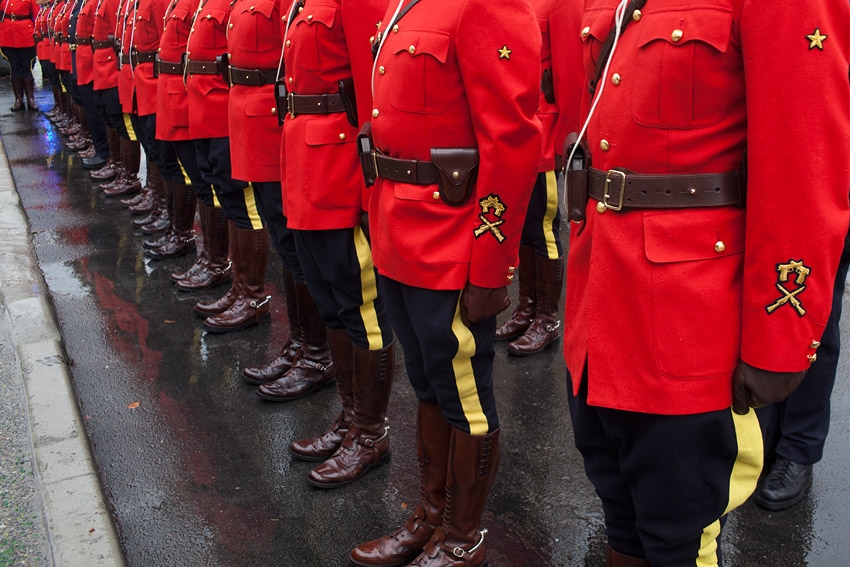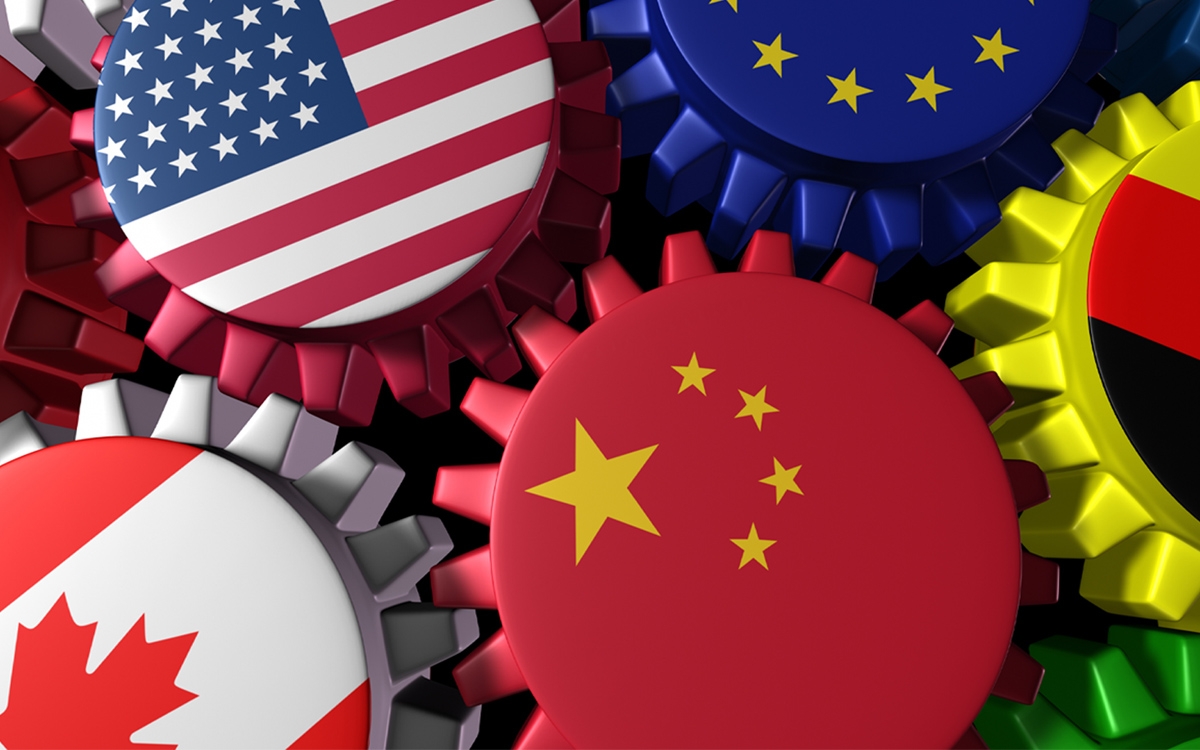
RCMP Protective Policing: The Illusion of Safety for Canada’s Politicians
By Calvin Lawrence
From 1985 to 1995, I served in the RCMP Protective Policing Section in Toronto before transferring to the Prime Minister’s Protection Detail in Ottawa. I also trained police officers both nationally and internationally. Although some may argue that my experiences are outdated, significant gaps in security protocols still exist today.
As a civilian, I have witnessed firsthand the security measures surrounding the prime minister and other politicians, and media coverage has highlighted several security lapses. Proper security is lacking for several reasons:
Office Politics: Internal RCMP staffing decisions often restrict qualified members from transferring into protective policing or place unqualified members in these units.
Favouritism and Punitive Measures: These practices undermine effective security within the protective policing section.
Overruling Police Decisions: RCMP members’ decisions are sometimes overruled by the protected individuals or their entourages.
Punishment for Doing the Job: RCMP members can be punished for correctly performing their duties if they conflict with the wishes of the protected individuals.
Corporate Memory Loss: When members are transferred, valuable knowledge and well-defined procedures are often lost or diluted.
Interagency Conflicts: Conflicts between the RCMP and other police agencies complicate security efforts.
The question shouldn’t be, “What if it happened here and are we prepared?” It has already happened here. Consider these security breaches:
• An armed driver breaching security at Rideau Hall, the governor general’s residence.
• A perpetrator breaching security on Parliament Hill and being shot and killed.
• Greenpeace activists repelling down ropes to hang a banner on Parliament Hill.
• An intruder breaking into 24 Sussex Drive.
• The choking altercation involving Prime Minister Chrétien.
• The pie-in-the-face incident with Prime Minister Chrétien.
• Political correctness influencing postings to protective policing at the expense of qualifications.
Each of these incidents represents a significant security breach that could have had disastrous results. Proper security measures cost money, but it appears that the government either feels a false sense of security or is unwilling to allocate the necessary funds. With a shortage of RCMP officers available to protect our politicians, standards are inevitably dropping. The RCMP faces a choice: invest in the proper screening and posting of qualified members now or face the consequences of a national inquiry when security is breached.

ABOVE: Retired RCMP officer Calvin Lawrence.
The RCMP’s Role in Protecting Canada’s Prime Minister and Cabinet: A Legislative Overview
The Royal Canadian Mounted Police (RCMP) play a crucial role in ensuring the security of Canada’s prime minister, cabinet members, and other key government officials. This responsibility is rooted in a combination of legislation and government mandates that outline the RCMP’s duties and authority in this domain.
Legislative Framework
RCMP Act: The RCMP Act establishes the duties and functions of the RCMP, including the protection of individuals designated by the Governor in Council. This act empowers the RCMP to perform a wide range of law enforcement and protective services across Canada.
Security Offences Act: The Security Offences Act grants the RCMP jurisdiction over threats to the security of Canada, including those directed at the prime minister and other key officials. This legislation allows the RCMP to take necessary actions to prevent and respond to security threats, ensuring the safety of government leaders.
Orders-in-Council: Specific protective duties are often assigned to the RCMP through Orders-in-Council, directives issued by the Governor in Council (the governor general acting on the advice of the prime minister and cabinet). These orders can designate specific individuals, such as the prime minister and cabinet members, requiring RCMP protection.
Protective Policing
The RCMP’s Protective Policing program is tasked with the direct protection of the prime minister, the governor general, visiting dignitaries, and other designated individuals. This program includes several key elements:
Prime Minister’s Protective Detail: A specialized unit within the RCMP dedicated to the 24/7 protection of the prime minister and their family. This unit is responsible for the prime minister’s security at official residences, public appearances, and during travel.
Protection of Cabinet Members: The RCMP provides security to Cabinet members based on threat assessments. This can include personal protection, securing their residences, and ensuring their safety during public engagements.
Coordination with Other Agencies: The RCMP works closely with other federal, provincial, and municipal law enforcement agencies to ensure comprehensive security coverage. This collaboration is essential for addressing the diverse and dynamic nature of security threats.
Ensuring Safety in a Changing Landscape
The legislative framework and the RCMP’s structured approach to protective policing are designed to adapt to evolving security challenges. While procedures and tactics are continually updated to address new threats, the fundamental responsibility of the RCMP to protect Canada’s leaders remains a cornerstone of their mandate.
In conclusion, the RCMP’s role in protecting the prime minister and cabinet is deeply rooted in legislation and operational directives. Through dedicated units and inter-agency cooperation, the RCMP strives to ensure the safety and security of Canada’s highest officials.
Calvin Lawrence is the author of Black Cop: My 36 Years in Police Work, and My Career-Ending Experience with Official Racism.








